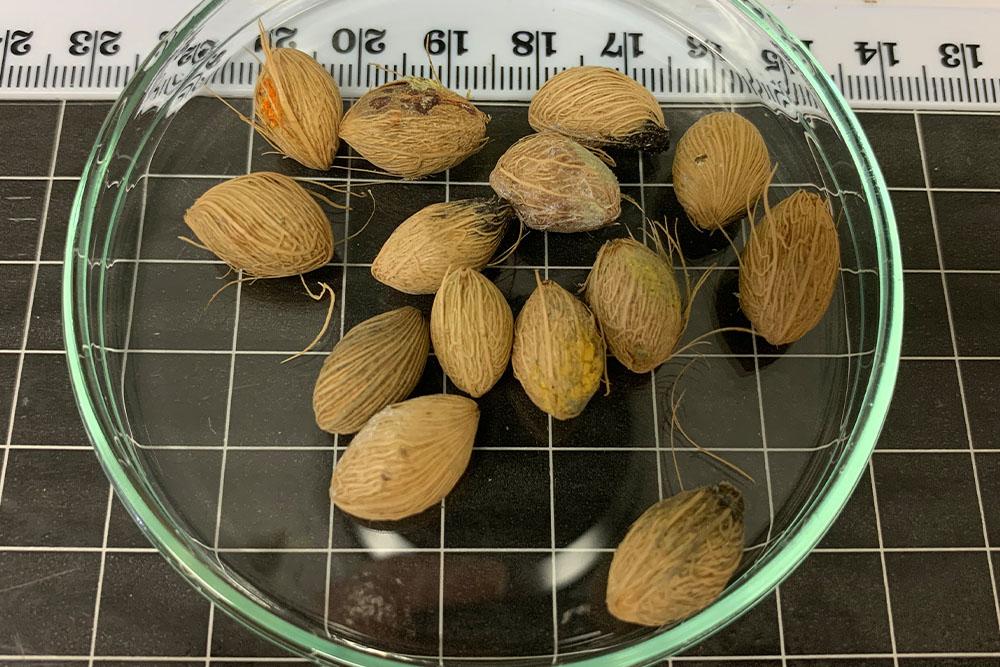In response to the recent varroa mite outbreak, the Catalysing Australia’s Biosecurity (CAB) initiative is leading a cutting-edge partnership between the Australian Capital Territory Government, Queensland Department of Agriculture and Fisheries, University of Canberra and CSIRO, to detect varroa mites – a danger to honeybees across the globe.
A new low-cost technology, BeeRight, has been shown to detect varroa mites in beehives in New Zealand and could be the solution to slowing the spread of this destructive pest.
If varroa mites establish in Australia’s honeybee population, pollination activities would be significantly reduced, posing an extreme risk to Australia’s food security.
BeeRight technology is an Internet of Things solution that can be set up in any hive without damaging the hive or bothering the bees. The technology has the potential to monitor for:
- beehive activity
- colony strength
- queen status
- productivity
- swarming status
- hive location
- presence of disease
- when to treat hives.
Two pilot trials will take place in Australian Capital Territory and New South Wales from 1 April to 7 June 2024. The trials will collect data from hobbyist and commercial beekeepers, putting the BeeRight technology and environmental DNA (eDNA) to the test. Data collected from the sites will be analysed by a team of data scientists and entomologists to determine if BeeRight and eDNA can detect varroa.
If successful, we’ll be one step closer to slowing the spread of varroa in Australia and reducing the risk of losing hives due to the virus.
We’ll share more updates soon on this novel technology. For more information email innovationpilots@aff.gov.au.



